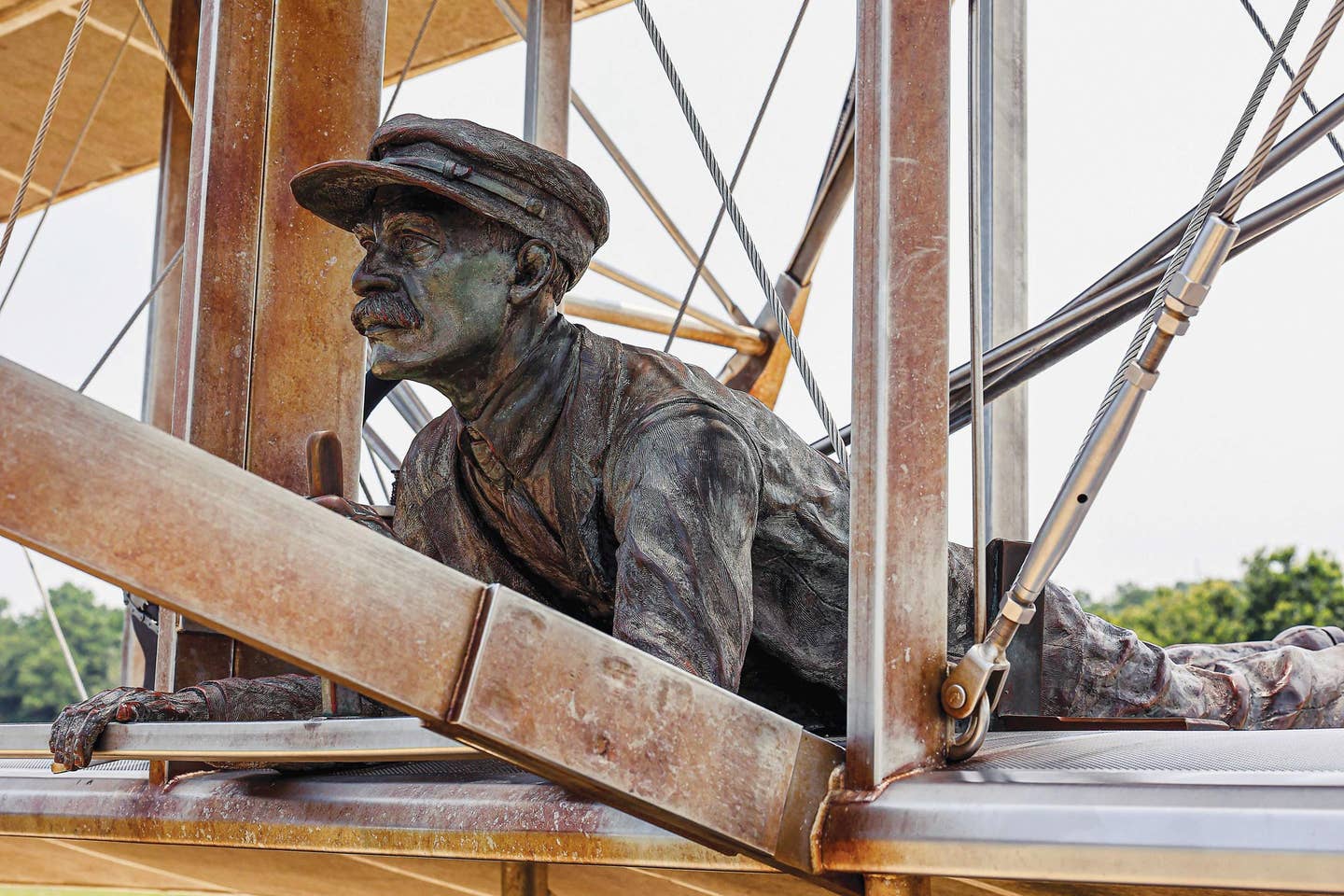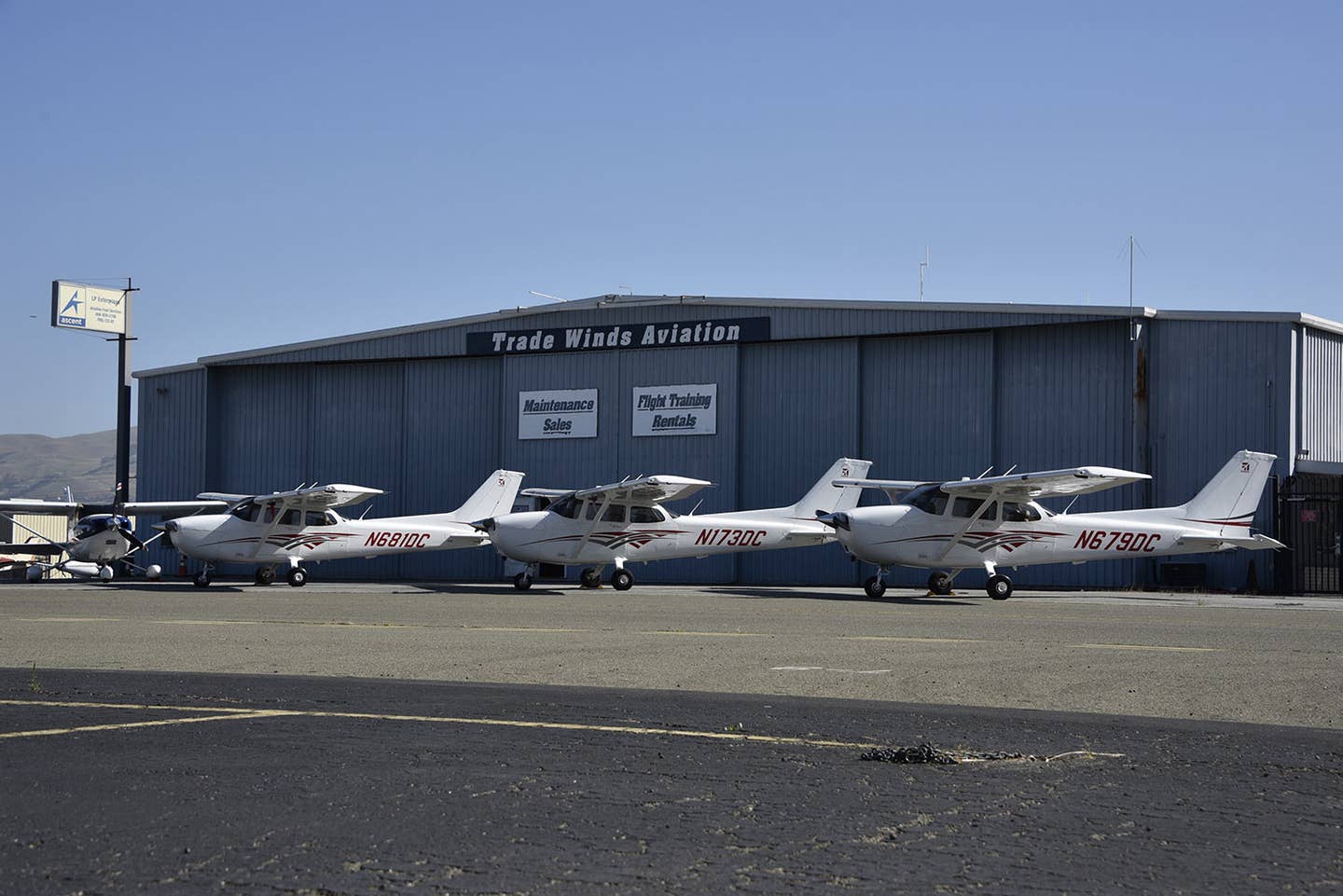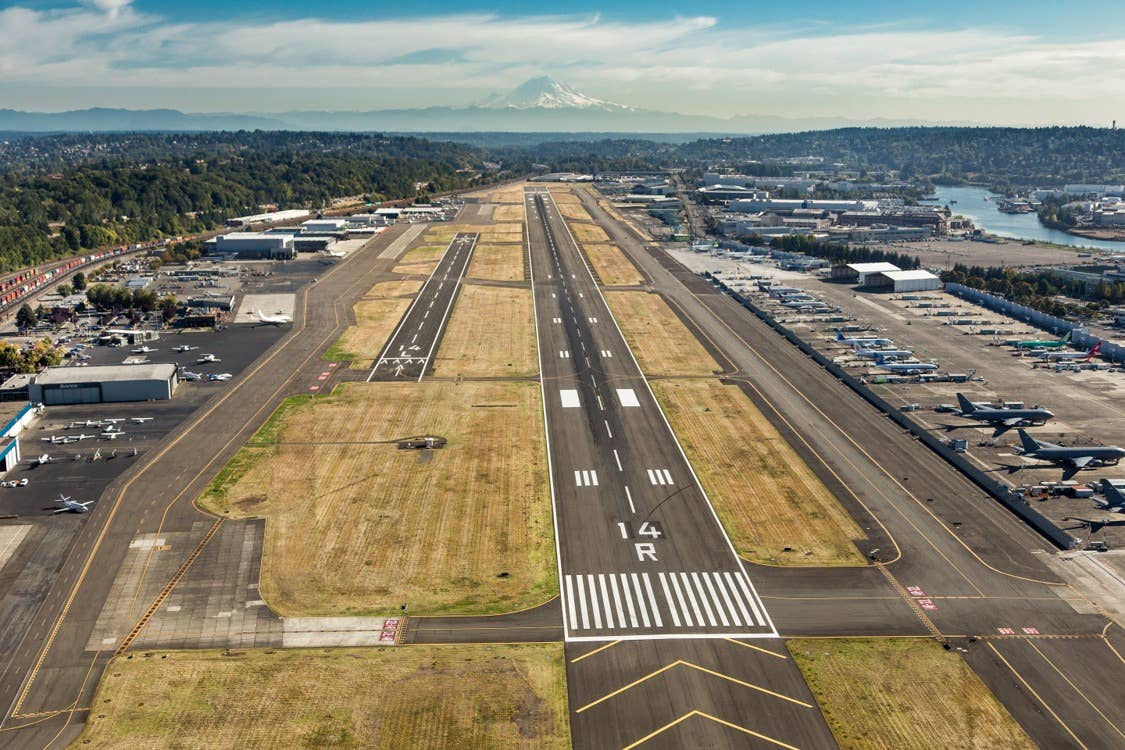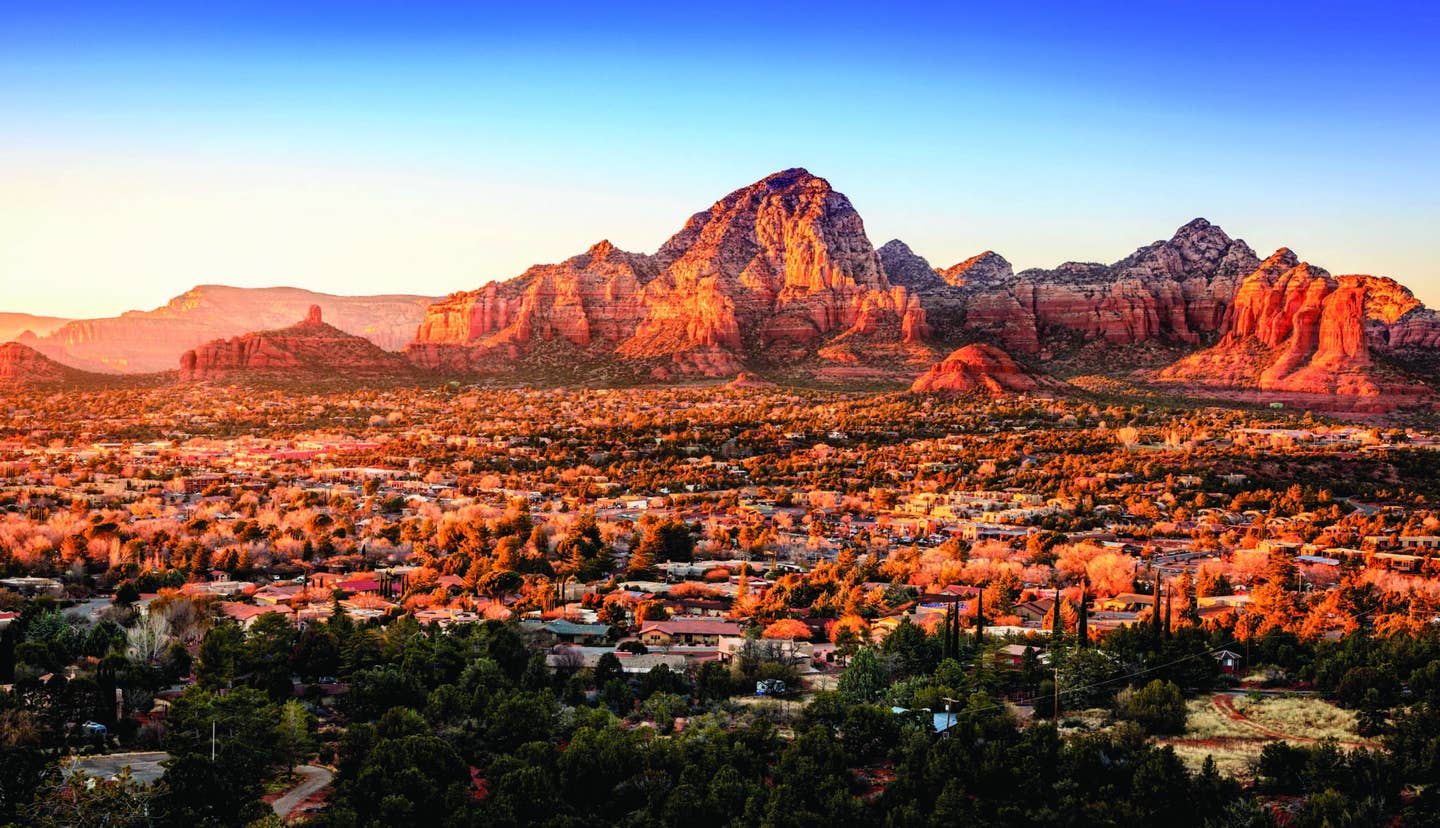First Flight Airport, Wright Brothers Memorial Double as Vacation Hot Spot
The First Flight Airport and Wright Brothers National Memorial are situated on North Carolina’s Outer Banks.

Exhibits at the Wright Brothers National Memorial show the challenging conditions under which they operated. [Stephen Yeates]
Whenever a year ending in “3” rolls around, I start thinking about how much time has passed since Wilbur and Orville Wright completed the first powered flight of a heavier-than-air craft. I also wonder how the brothers would feel about the current state of aviation.
Would the Wrights be amazed by how far we have come or surprised that more people are not involved in general aviation? Surely the latest avionics would blow their minds. We will never know, but what is almost certain is that they would have a hard time recognizing Kill Devil Hills, the North Carolina town where they made their first powered flight.
They picked the location in part because of its strong winds, which they figured would increase the lift their machine needed to get airborne. Good call. They also liked the sandy waterfront surroundings that could soften hard landings. Perhaps the most important factor that made the area ideal for test flights was its isolation. There was barely anyone around the greater Outer Banks area, which then included neighboring beach towns Kitty Hawk and Nags Head. The brothers felt the sparse population lessened the likelihood of rival aviators learning their secrets.
If you're not already a subscriber, what are you waiting for? Subscribe today to get the issue as soon as it is released in either Print or Digital formats.
Subscribe NowToday, however, the area is a destination for thousands of vacationers and tourists, especially this time of year. Their remote airfield is now a national park where many come to see the spot where the first flight took place, walk along the Wright Flyer’s actual path, and learn more about the Wrights’ story.
Getting There
We flew the 315 nm to First Flight Airport (KFFA) from Sussex, New Jersey (KFWN), and though weather forecasts and AWOS reports called for clear skies, smoke from wildfires in Canada made conditions murky for much of the trip. Cruising at 6,500 feet msl in Annie, our Commander 114B, we could always see the ground, but scanning the horizon gave the sense of flying VFR above a solid cloud layer. Spotting traffic was more difficult, and we found ourselves checking often to make sure the surface was still visible. The smoke also hid actual clouds, some of them fairly large, that we had to dodge to remain VFR.
As we headed roughly south by west, we set a course for Norfolk (KORF) in Virginia, which is northwest of First Flight, in order to spend less time over the ocean and avoid MOAs and other restricted military airspace. We initiated ATC contact soon after our departure from Sussex with Philadelphia Approach and continued with radar service until we were ready to descend to our destination. With so much commercial, private, and military air traffic along the Atlantic shore, maintaining contact with ATC provided an extra measure of safety and conflict avoidance. One of several blocks of military airspace was active, so we diverted slightly to stay clear.
The Airport
The barrier islands known as the Outer Banks, which now include the town of Kill Devil Hills, form an offshore strip of land that, to pilots on approach to First Flight, might seem too narrow to possibly accommodate an airport. As you fly within a mile or two, it becomes clear the islands are larger than you might have thought but still not especially large. Indeed, as Runway 3/21 comes into sight on the edge of the Wright Brothers Memorial, the park’s green lawns and forests appear to cover a larger area than neighboring Nags Head.
The runway, which is 3,000 feet long and 60 feet wide, is not what many GA pilots would consider short; however, pilots need to keep track of density altitude—especially during the warmer months—to avoid tense moments while climbing over trees and power lines just beyond the departure end of Runway 3. Near the ramp there is a small building housing restrooms and a pilot room—not quite a lounge—with a visitors’ sign-in book, desktop computer for filing a flight plan, and screens with updated weather and other airport information.
Air traffic around Kill Devil Hills has picked up significantly in the 120 years since the Wrights’ landmark flight. The Wright Brothers National Memorial property includes First Flight Airport, which can get busy on weekends. We arrived on a Friday afternoon to find the field fairly quiet with one other aircraft tied down on the ramp. The following morning the total had reached nine, with the sounds of engines carrying across the park as a variety of aircraft—from a modern high-wing Tecnam light sport to a vintage Beechcraft Travel Air—arrived and departed regularly.
While some area restaurants and hotels, like the Travelodge where we spent the night, appear on maps to be within walking distance—right across the road from the memorial—you have to remember that the park is vast and the airport is on the far side, at least a couple of miles from town. On a typically hot summer afternoon, you will want a ride. On-demand car service is available, and drivers are familiar with the airport parking lot. Myself, FLYING photographer Stephen Yeates, and my two 50-pound dogs (we could not find a sitter on short notice) had no trouble getting a lift to our pet-friendly hotel.
The Memorial
The Wright Brothers Memorial is striking. Perched on a hill with dramatic views, it reminds us that the brothers relied on common-sense trial and error to get airborne and that they must have been determined, brave, and smart to find a successful formula for controlled powered flight and to survive the process.
Visitors can see the launch point for the first flight and walk the distances, marked with large stones, flown during the initial short hop and subsequent longer flights. There is a model of the original Wright Flyer inside the park’s visitor center and nearby, in their original positions, stand replicas of the hangar and camp building the brothers used during their stay at Kill Devil Hills.
Near the base of the memorial hill are life-size sculptures of the Wrights’ aircraft taking off, with Orville at the controls and a few spectators. A woman working at the front desk of our hotel told us to look for the barefoot boy watching the airplane take off. The statue depicts Johnny Moore, who skipped school that day to help the Wrights prepare and to watch their attempt. After the flight, he ran to the telegraph office to relay the news that the flight was successful. Moore was a distant cousin to her, the woman said.
The Towns
While Kitty Hawk and Kill Devil Hills draw aviation enthusiasts, these days Nags Head is the main destination for most visitors. The beach town has a laid-back party vibe that makes it a summer tradition for many families who rent beach houses and condos along the main shore road.
A range of restaurants, bars, amusements, and fishing piers help keep vacationers entertained while historic sites such as the Bodie Island Lighthouse confirm there is more to the area’s history than aviation.
While there is a lot to do in Nags Head and surrounding Outer Banks towns, the beach, with its signature large dunes, is where most people come to spend time. I grew up in New Jersey, spending summers on the Jersey Shore during the 1970s and 1980s. During recent trips the shore seems to have become fancier while losing some of the fast and loose appeal it held when I was a teenager. You can call it nostalgia, but Nags Head reminds me of the beach towns I loved as a kid—not fancy, just fun.
- READ MORE: Finding Wilbur Wright on the Wabash
We’ll Be Back
As with many destinations we write about, I left wanting to spend a little more time in the greater Kill Devil Hills area. I would love to return sometime soon with my family, though our teenage sons are often too busy to be pinned down with their parents. Perhaps my wife and I will fly down and explore the Outer Banks more extensively and find a beach town minus the bumper cars and miniature golf. Historic Ocracoke Island, about 50 nm south, has been on our traveling wish list for a long time.
This column first appeared in the August 2023/Issue 940 print edition of FLYING.

Sign-up for newsletters & special offers!
Get the latest FLYING stories & special offers delivered directly to your inbox







